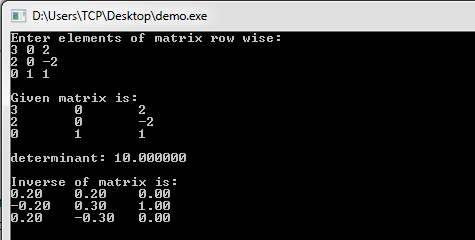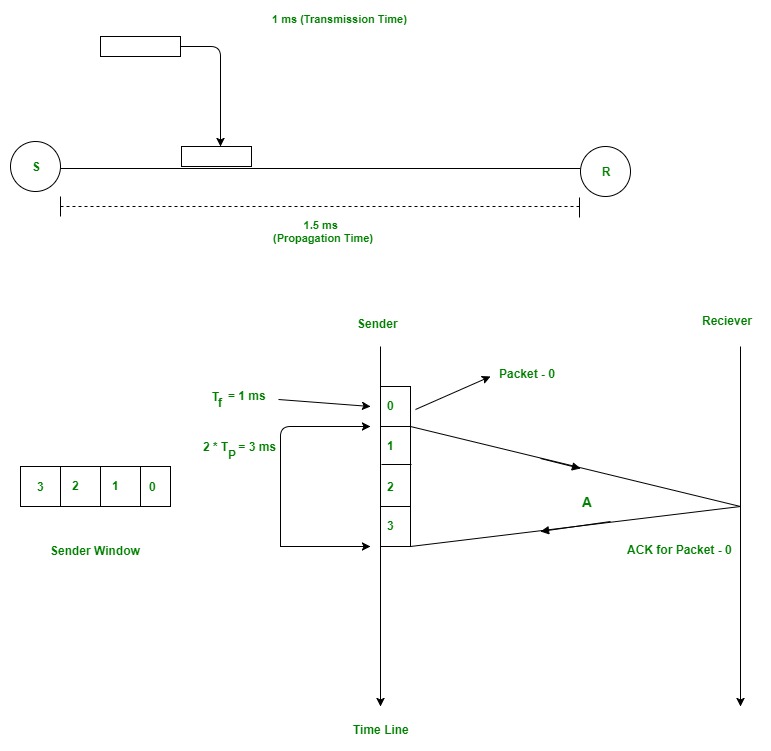

It can send N frames to the peer before requesting an acknowledgment. A transmit window size of N, and a receive window size of 1 is a particular case of the basic sliding window protocol.

The sender sends several frames determined by a window size even if the receiver does not respond with an acknowledgment (ACK) packet. The Go-Back-N ARQ protocol is a variant of the automatic repeat request (ARQ) protocol. After receiving an acknowledgment (ACK), the sender will send the next data packet to the receiver, and so on, as long as the sender has data to send. The interval between sending a message and receiving an acknowledgment is known as the sender's waiting time, and the sender is idle during this time. The transmitter will come to a halt and wait for the receiver to respond.

The transmitter sends one frame at a time to the receiver using this method. It is the most fundamental flow control strategy. Read through this article to get a basic overview of Stop and Wait, Go-Back-N, and Selective Repeat protocols. All these three protocols provide a mechanism for flow control.


 0 kommentar(er)
0 kommentar(er)
